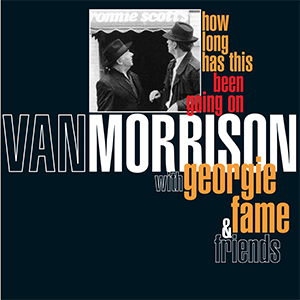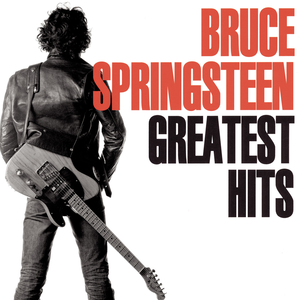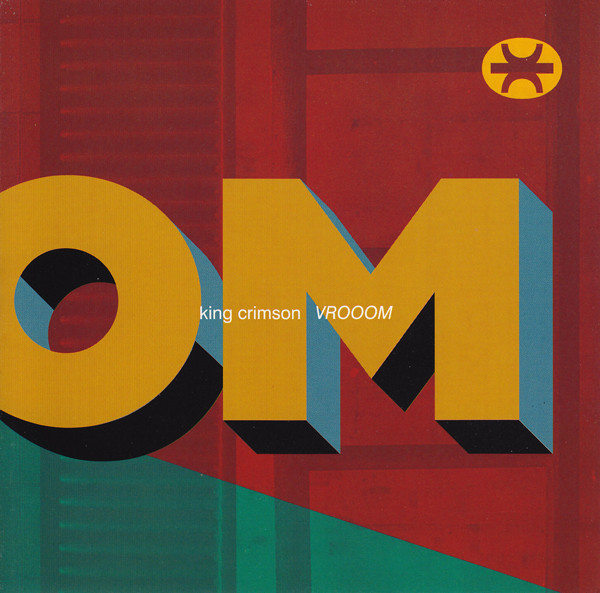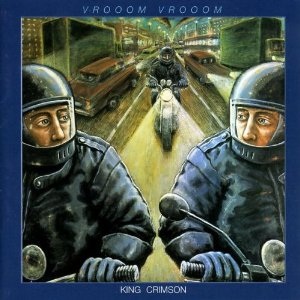 For most of their career, Steely Dan were strictly a studio band, having eschewed touring as soon as they could. Now it was 20 years later, both Donald Fagen and Walter Becker had solo albums to promote, and technology had caught up with their perfectionism to the point where they could hire sidemen (and women) to replicate their pristine album tracks onstage for those with the disposable income required to watch and hear them do it.
For most of their career, Steely Dan were strictly a studio band, having eschewed touring as soon as they could. Now it was 20 years later, both Donald Fagen and Walter Becker had solo albums to promote, and technology had caught up with their perfectionism to the point where they could hire sidemen (and women) to replicate their pristine album tracks onstage for those with the disposable income required to watch and hear them do it. Alive In America was compiled from two of these ‘90s tours—Peter Erskine drummed on the first, Dennis Chambers played on the second—and presents over an hour of music in a seamless blend by long-suffering engineer Roger Nichols. As would be expected, everything is presented well, with the only real surprise being the inclusion of “Book Of Liars” from Becker’s album. “Sign In Stranger” has different lyrics on the bridge and something of an extended interlude, “Reelin’ In The Years” sports a vamped intro that disguises the song before the crowd recognizes it, and “Third World Man” is taken even slower. Hot as these players are, we’d still rather listen to the version of “Bodhisattva” that was the belated B-side to “Hey Nineteen”. Still, to finally get to hear these songs performed live for what was then the first time would be a thrill for fans. (Outside of the head-scratching cover, the packaging is suitably sardonic, from the song comments—helpful for identifying which guitarist or horn player gets to solo—to the “Howl” parody.)
 While Steely Dan would continue to tour, even becoming something of a fixture on the road, they wouldn’t release another live album for another 25 years, after Walter had passed on and Donald was still pounding the boards against the wishes and financial claims of his former partner’s estate. He was nice enough to dedicate Northeast Corridor: Steely Dan Live!, exclamation point and all, to Walter. While the band was completely different this time out, and he’s even more nasal than ever, the album repeats half of Alive In America, with little varying from the token arrangements, save maybe the new coda to “Kid Charlemagne”. The rest of the program features more ‘70s classics, plus “Things I Miss The Most” from their last album and closing with “A Man Ain’t Supposed To Cry”, likely copped from the Joe Williams version. Probably to reflect streaming habits, each selection is faded to silence before the next track starts.
While Steely Dan would continue to tour, even becoming something of a fixture on the road, they wouldn’t release another live album for another 25 years, after Walter had passed on and Donald was still pounding the boards against the wishes and financial claims of his former partner’s estate. He was nice enough to dedicate Northeast Corridor: Steely Dan Live!, exclamation point and all, to Walter. While the band was completely different this time out, and he’s even more nasal than ever, the album repeats half of Alive In America, with little varying from the token arrangements, save maybe the new coda to “Kid Charlemagne”. The rest of the program features more ‘70s classics, plus “Things I Miss The Most” from their last album and closing with “A Man Ain’t Supposed To Cry”, likely copped from the Joe Williams version. Probably to reflect streaming habits, each selection is faded to silence before the next track starts.
Since it’s worth mentioning somewhere, back in 2002 Becker and Fagen made an appearance on Marian McPartland’s Piano Jazz radio show, which was among the many installments to get a subsequent official release. As was the format, the show consists of conversation interspersed with performances, wherein the guys are backed by a simple rhythm section and joined occasionally by their host. Of their own songs they play “Josie”, “Chain Lightning”, and “Black Friday”, but more interesting are the standards they tackle, three of which were associated with Duke Ellington. It’s also nice to hear Walter play guitar rather than ceding it to somebody else.
Steely Dan Alive In America (1995)—3
Steely Dan Marian McPartland’s Piano Jazz (2005)—3
Steely Dan Northeast Corridor: Steely Dan Live! (2021)—3

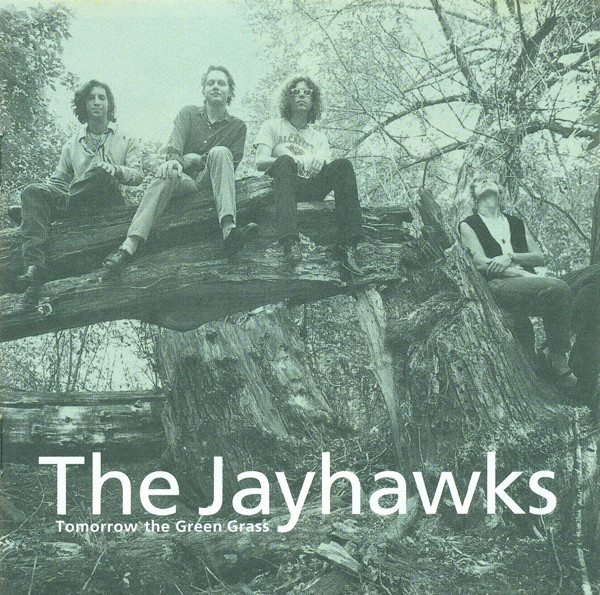
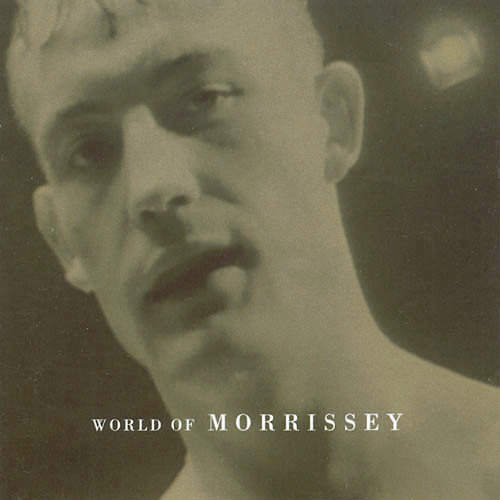
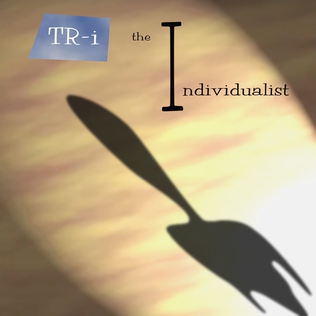


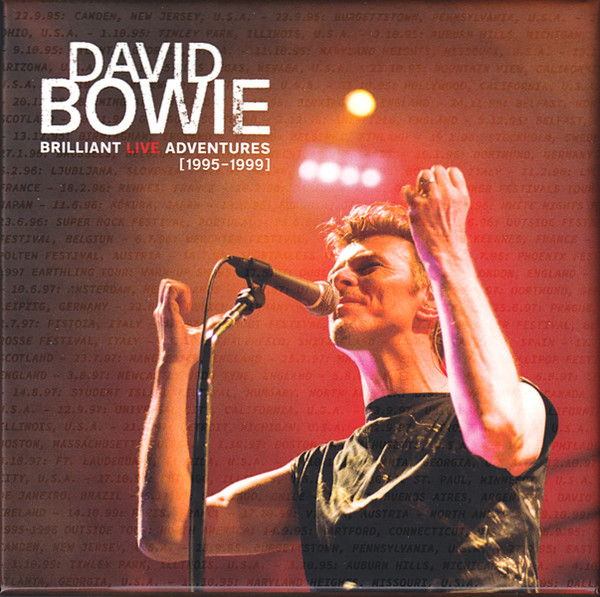
_cover_art.jpg)



_Morning_Glory_album_cover.jpg)

